Some people have mutations that greatly lower their cholesterol. Tests in mice suggest gene editing could give the rest of us the same protection.
Category: bioengineering – Page 222
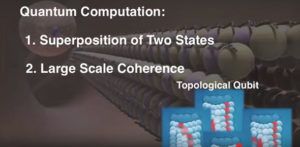
Quantum principles and human bio system to enhance its abilities
Recent evidence suggests that a variety of organisms may harness some of the unique features of quantum mechanics to gain a biological advantage. These features go beyond trivial quantum effects and may include harnessing quantum coherence on physiologically important timescales.
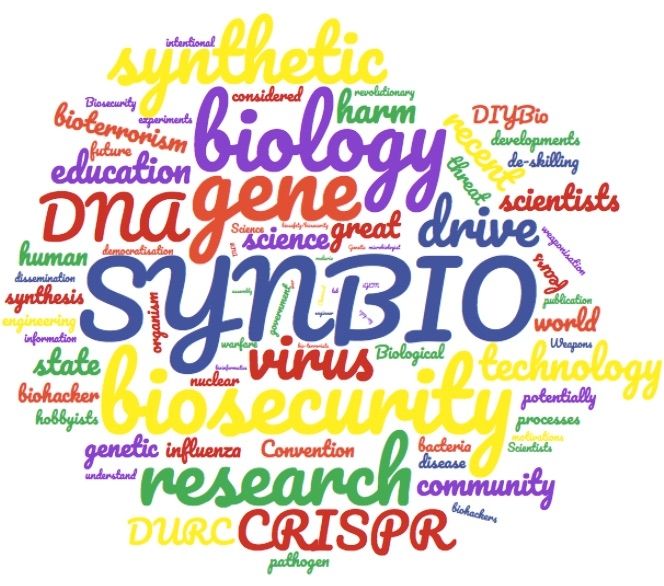
Synbio and Biosecurity
Wait until you see how Quantum bio is applied in Biosecurity.
By guest author Devang Mehta
The world in 1918 was emerging from under the pall of a World War that had claimed 38 million lives, and yet in the span of only one year, just as many lives would be lost to the Spanish Flu — an influenza pandemic that is still regarded the single deadliest epidemic in recorded history. The disease reached all corners of the world, from the Antipodes to Europe and Asia, eventually claiming 20–50 million lives. The 1918 virus caused unusually strong symptoms, described by one physician at the time as “a blood-tinged froth that sometimes gushed from (the) nose and mouth”. The disease also had an incredibly high mortality rate of 10–20%, which combined with a high rate of infection meant that up to 6% of the world’s population died due to the virus.
Ever since the outbreak, the particular H1N1 sub-strain that caused the pandemic has been a constant target of research by virologists seeking to understand the causes behind its lethality. In 2005 researchers in the US made a breakthrough where they isolated the virus’ genetic material from a frozen infected lung sample, deciphered its genetic sequence and then published it for anyone to see. Going a step further, the researchers resurrected the virus, using chemically synthesised DNA fragments, and showed that this very literal Frankenstein’s monster could kill mice at an enhanced rate compared to other extant flu viruses.
For perhaps obvious reasons this case has become standard in bioethics and especially synthetic biology lectures and discussions. The 1918 virus case was not the first successful attempt to ‘de-extinct’ a virus (that distinction goes to a 2002 study resurrecting the poliovirus), but this was one of the first studies to actually pass through regulatory processes (the approval of the newly formed U.S. National Science Advisory Board for Biosecurity was obtained prior to publication); and of course influenza — a fast-spreading, potentially airborne virus — presents a more clear biosafety/biosecurity threat. Now, it is true that from a scientific point of view, these studies are very illuminating, and could possibly help stave off the effects of future pandemics. That logic guided the NSABB’s recommendation that the authors publish the full genetic sequence of the 1918 virus.
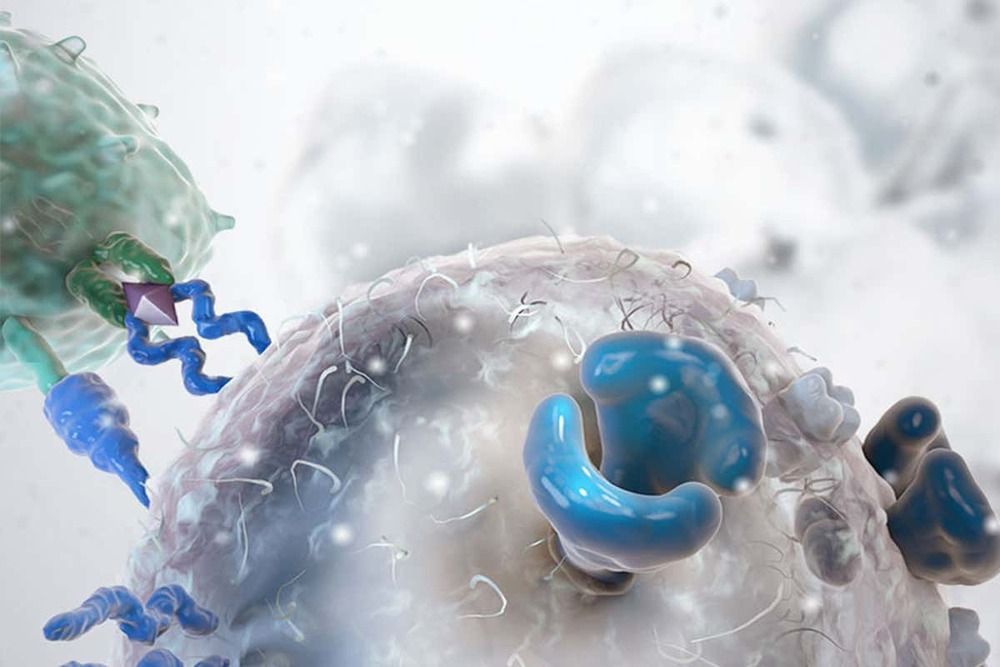
Gene editing has saved the lives of two children with leukaemia
A year on and we catch up with two kids who were genetically engineered to treat their cancer. This is the future of medicine.
By Michael Le Page.
Two children treated with gene-edited cells to kill their cancers are both doing well more than a year later. The baby girls were both given the experimental treatment only as a last resort, but clinical trials of the therapy are now getting underway in children and adults in the UK.
An 11-month-old girl called Layla was the first to get the treatment, in June 2015. When the team who treated her at Great Ormond Street Hospital in London revealed details in November 2015, they stressed that it was too soon to say if she was cured.
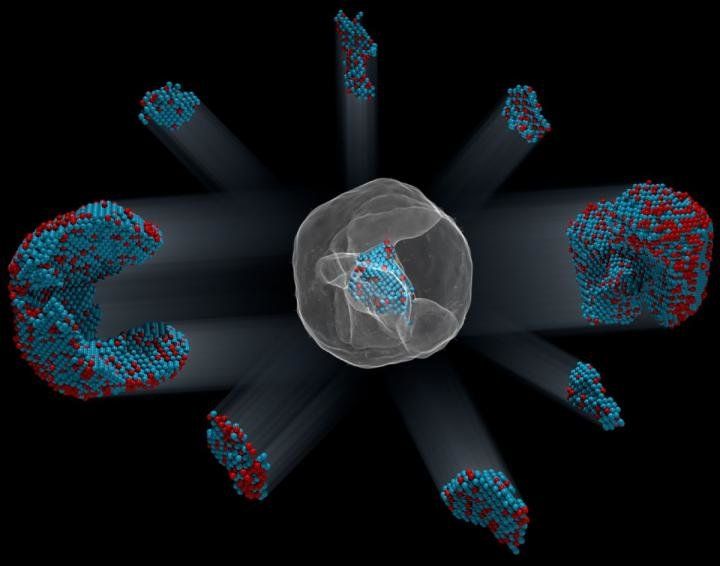
Coordinates of more than 23,000 atoms in technologically important material mapped
Nice read.
The results demonstrate that the positions of tens of thousands of atoms can be precisely identified and then fed into quantum mechanics calculations to correlate imperfections and defects with material properties at the single-atom level. This research will be published Feb 2. in the journal Nature.
Jianwei (John) Miao, a UCLA professor of physics and astronomy and a member of UCLA’s California NanoSystems Institute, led the international team in mapping the atomic-level details of the bimetallic nanoparticle, more than a trillion of which could fit within a grain of sand.
“No one has seen this kind of three-dimensional structural complexity with such detail before,” said Miao, who is also a deputy director of the Science and Technology Center on Real-Time Functional Imaging. This new National Science Foundation-funded consortium consists of scientists at UCLA and five other colleges and universities who are using high-resolution imaging to address questions in the physical sciences, life sciences and engineering.
Humans Successfully Created A Human/Pig Chimera
Scientists successfully grew a half pig/half human embryo.
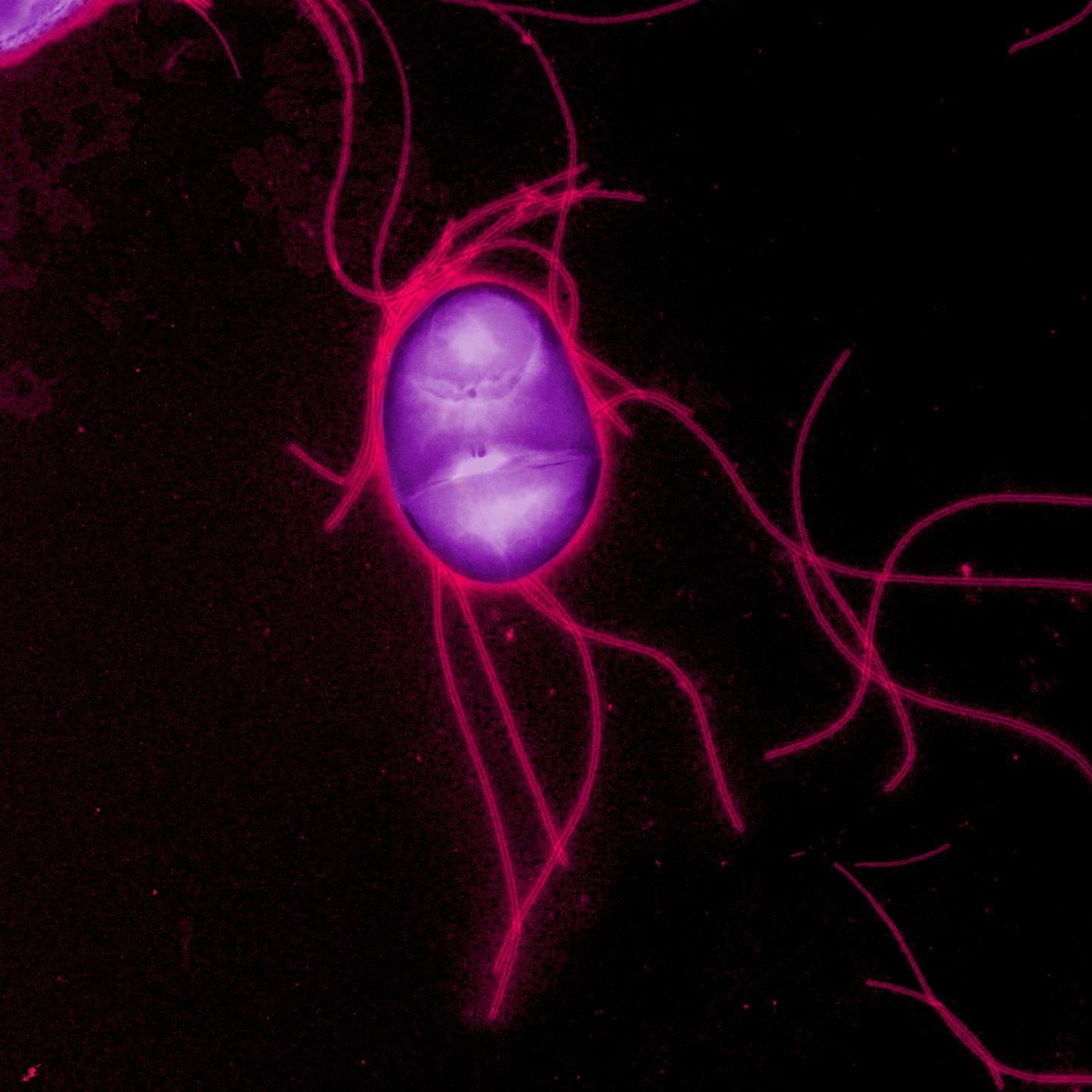

Bioprinting Human Skin Cuts the Time Needed from Weeks to Minutes
More progress for tissue engineering.
Skin is one of the easier starting points for 3D bioprinting, the application of rapid prototyping technologies to the construction of living tissue. Since skin is a thin tissue, the challenging issue of producing the intricate blood vessel networks needed to supply inner cells with oxygen and nutrients can be skipped. Thin tissue sections can be supported in a suitable nutrient bath, and after transplant, patient blood vessels will grow into the new skin. Further, there is a fairly large and long-established research and development industry involved in various forms of skin regeneration. Numerous forms of prototype skin-like tissues have been created over the years, lacking many of the features of the real thing, but still useful in the treatment of, for example, burn victims. Further, skin structure is by now well understood, and considerable progress has been made in deciphering the signals and environment needed for suitable cells to self-assemble into the correct arrangements. All told, it should not be a complete surprise to see significant progress emerge in this part of the field.
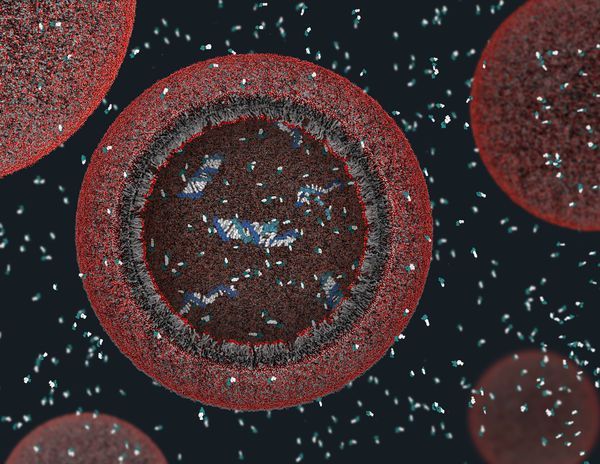
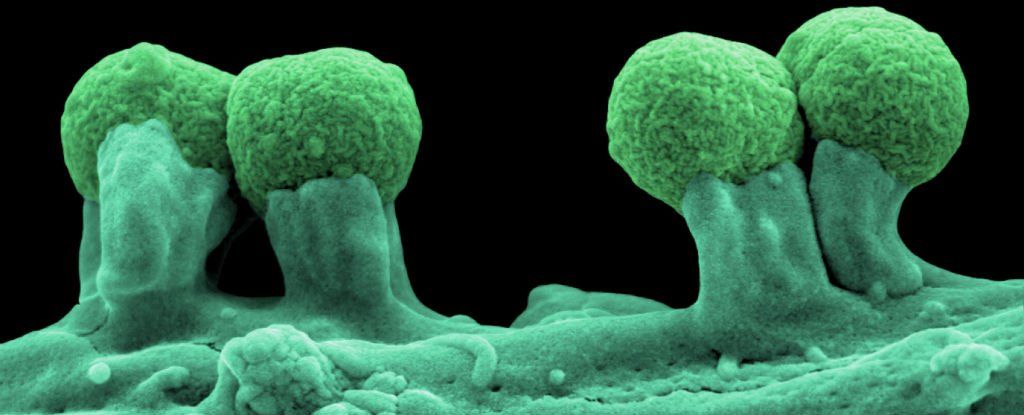
New Organisms Have Been Formed Using the First Ever 6-Letter Genetic Code
Scientists have engineered the first ever ‘semi-synthetic’ organisms, by breeding E. coli bacteria with an expanded, six-letter genetic code.
While every living thing on Earth is formed according to a DNA code made up of four bases (represented by the letters G, T, C and A), these modified E. coli carry an entirely new type of DNA, with two additional DNA bases, X and Y, nestled in their genetic code.
The team, led by Floyd Romesberg from the Scripps Research Institute in California, engineered synthetic nucleotides — molecules that serve as the building blocks of DNA and RNA — to create an additional base pair, and they’ve successfully inserted this into the E. coli’s genetic code.